![]()
When scrolling through endless newspapers and online articles dating back to the 1800s, I’m amazed at how many stories I come across on a daily basis where a child has died in an unfortunate accident or has been murdered by either their own parents or by some assailant whom they may never have seen before. And on each occasion, I think of a famous quote made by American playright – Stephen Adly Guirgis; “No parent should have to bury a child … No mother should have to bury a son. Mothers are not meant to bury sons. It is not in the natural order of things.”
It goes without saying that he is absolutely correct and yet the stories are never ending.
And with that being said, today’s story does contain upsetting material involving many children that found themselves in a truly frightening situation back on Friday the 1st March 1867 in the small town of Accrington.
Now Accrington, is situated within approximately 4 miles east of Blackburn, 6 miles west of Burnley and 13 miles of Preston in the North West of England.
With the introduction of the Industrial Revolution in the mid-eighteenth century, the population within the town rocketed and by the 19th century it was reported that around 43,000 people resided in the town. Being mainly known for its textiles and coal mining activities, people flooded into the area all looking for work which brought with it many issues such as poor living conditions, poor education and poor hygiene and of course crime.
Our story today takes place during 1867 when Accrington was facing one of its toughest periods as the Lancashire Cotton Famine that occurred between 1861 and 1865 had badly affected the town. Some factories had over produced but had nowhere to sell it too, whilst many more had an overabundance of raw cotton that filled their entire warehouses. This resulted in mass unemployment leaving almost half of the town’s population without work. From what was once one of Britain’s most prosperous places to live and work, the area had quickly become one of the most impoverished.
For the few businesses that were still in operation, albeit struggling, one man – 52 years old, James Duckworth had a building built within the arches of a viaduct on the Lancashire and Yorkshire Railway during the early months of 1866. His business specialised in heald knitting and varnishing – a process that involves making lengths of cord that had an eye through the middle which allowed the warp threads on a loom to raise and lower, allowing the shuttle to pass through with the weft thread.
He employed six persons, 5 of whom were females aged from 14 to 18 and one male aged 50 to 60 years. There was also a young boy by the name of Thomas Orrell who also helped out on the odd occasion.
On the morning of Friday, 1st March 1867, Miss Letitia Burscough – school mistress for St. Oswalds Roman Catholic School was in the midst of teaching her class of young children in her newly rented premises that was situated on the second floor of Duckworths business.
She had rented the space just three months earlier, after moving from her old property that was situated on Edgar Street, which was only a few yards away from Duckworths building.
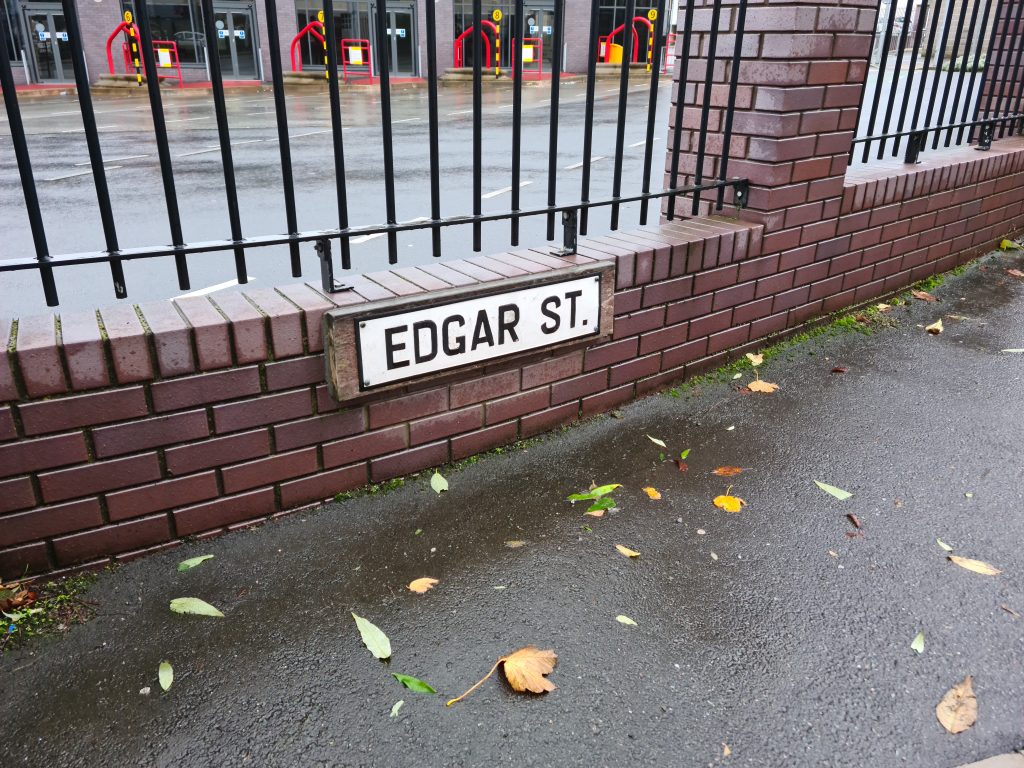
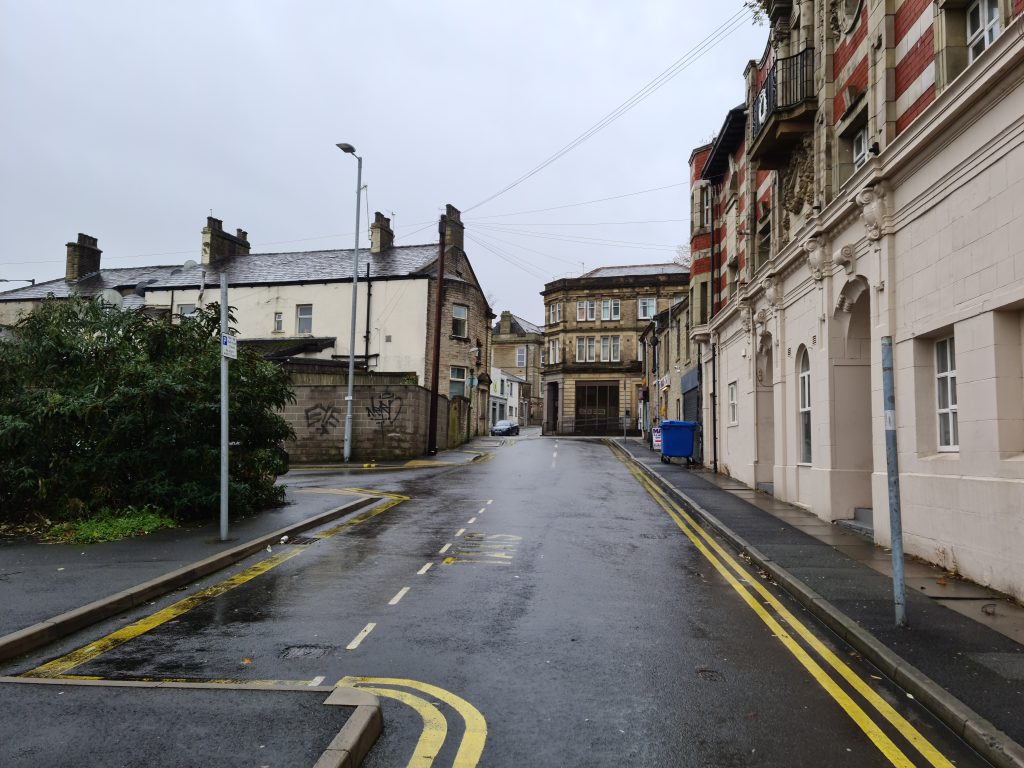
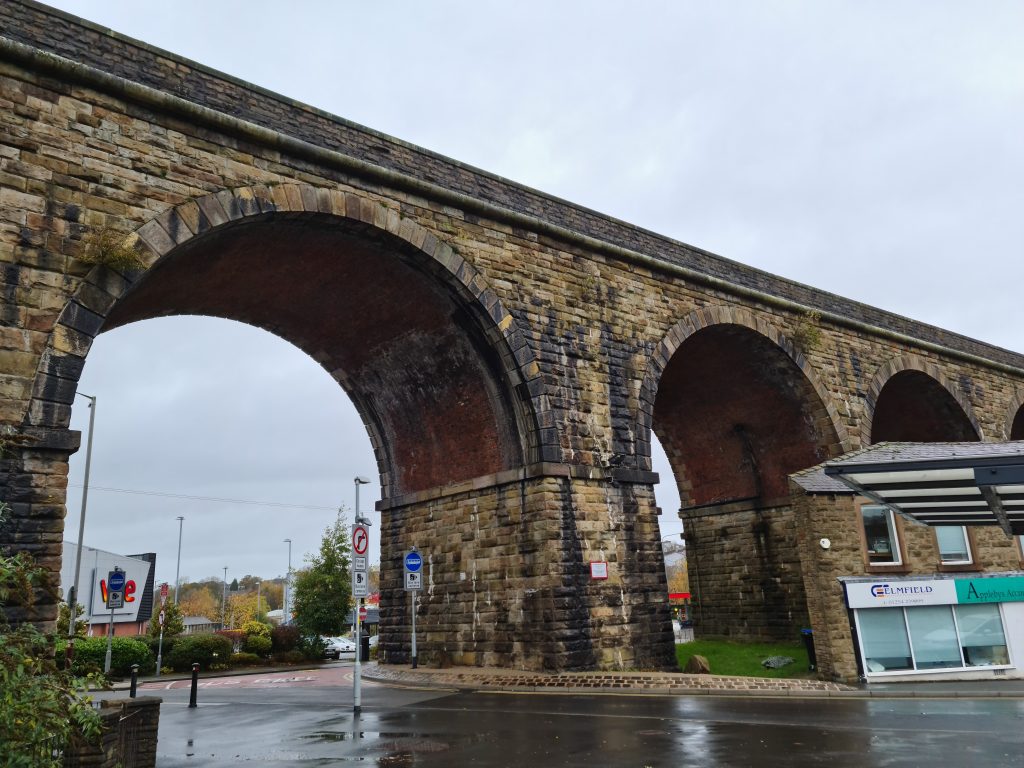
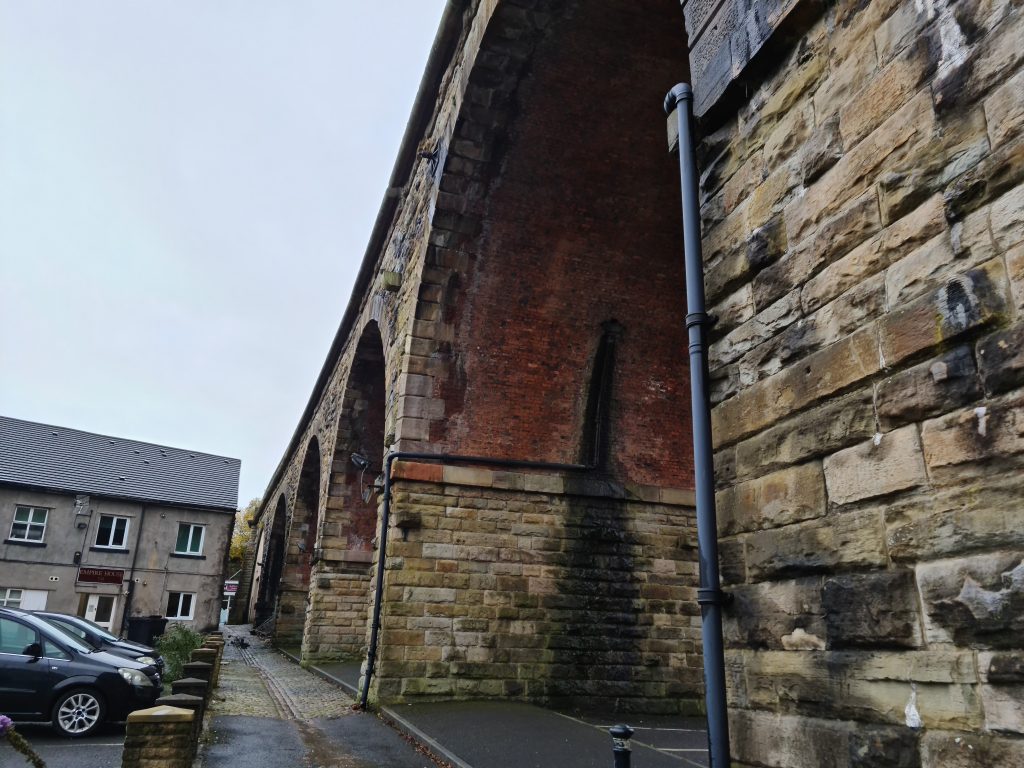
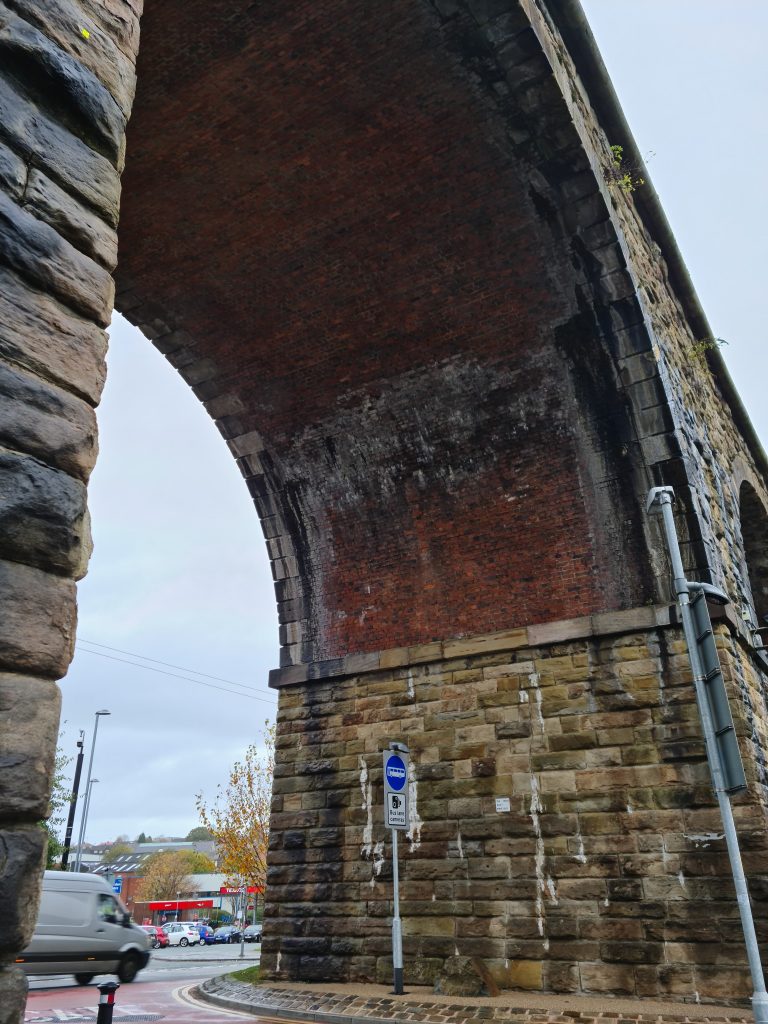
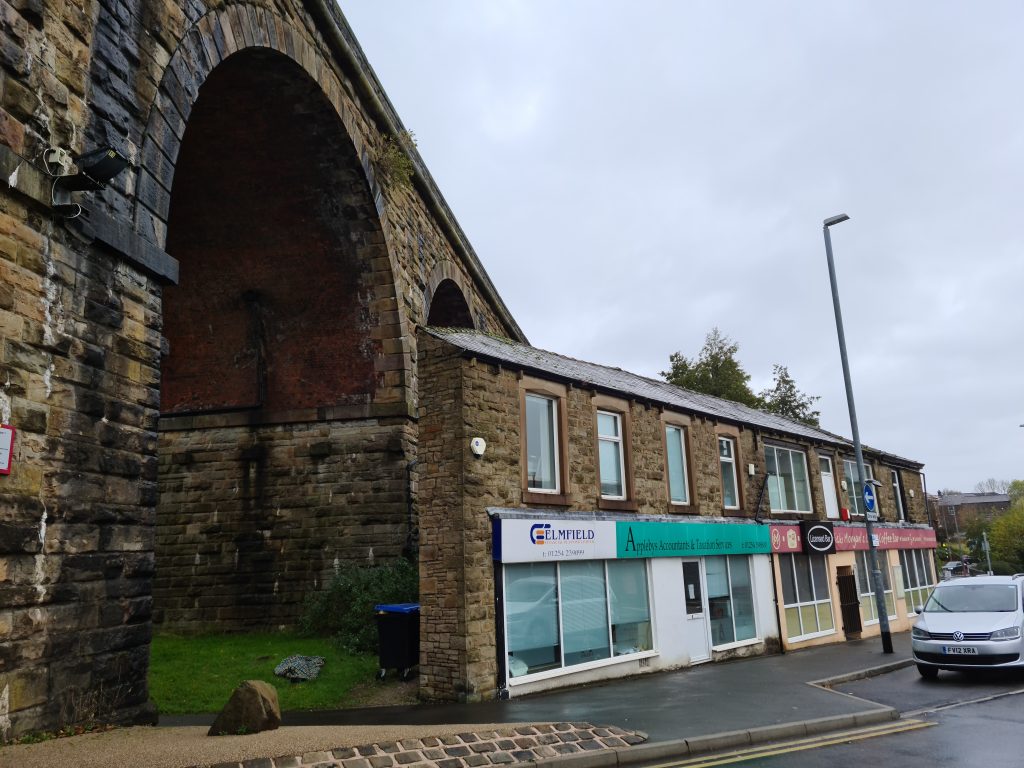
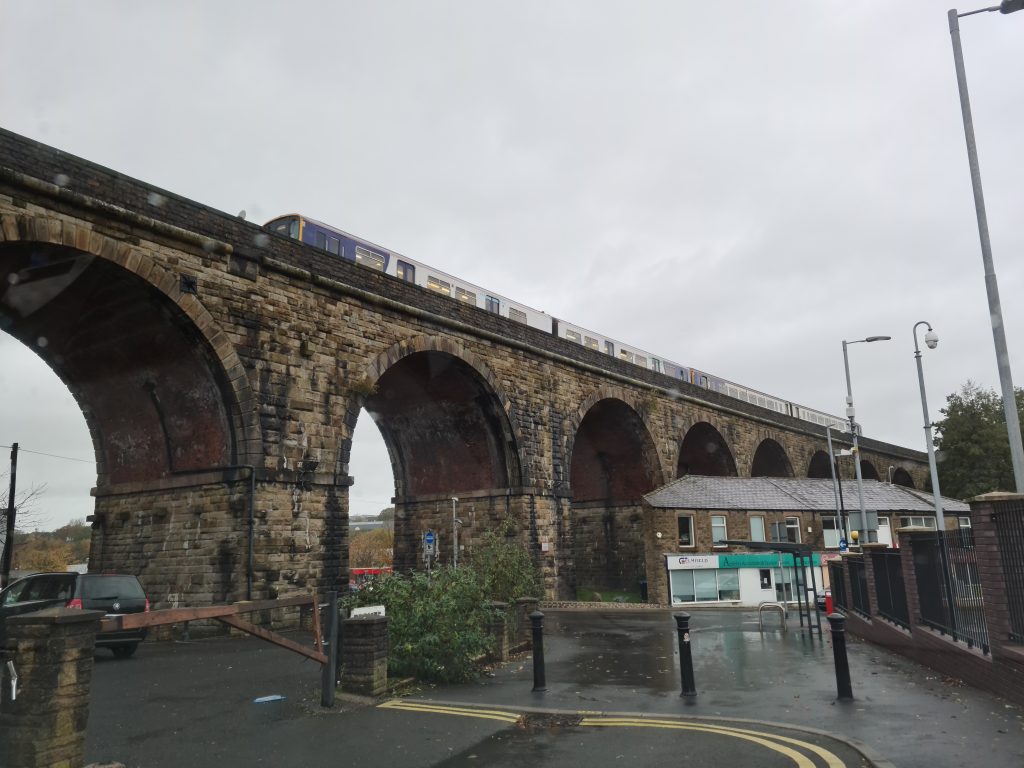

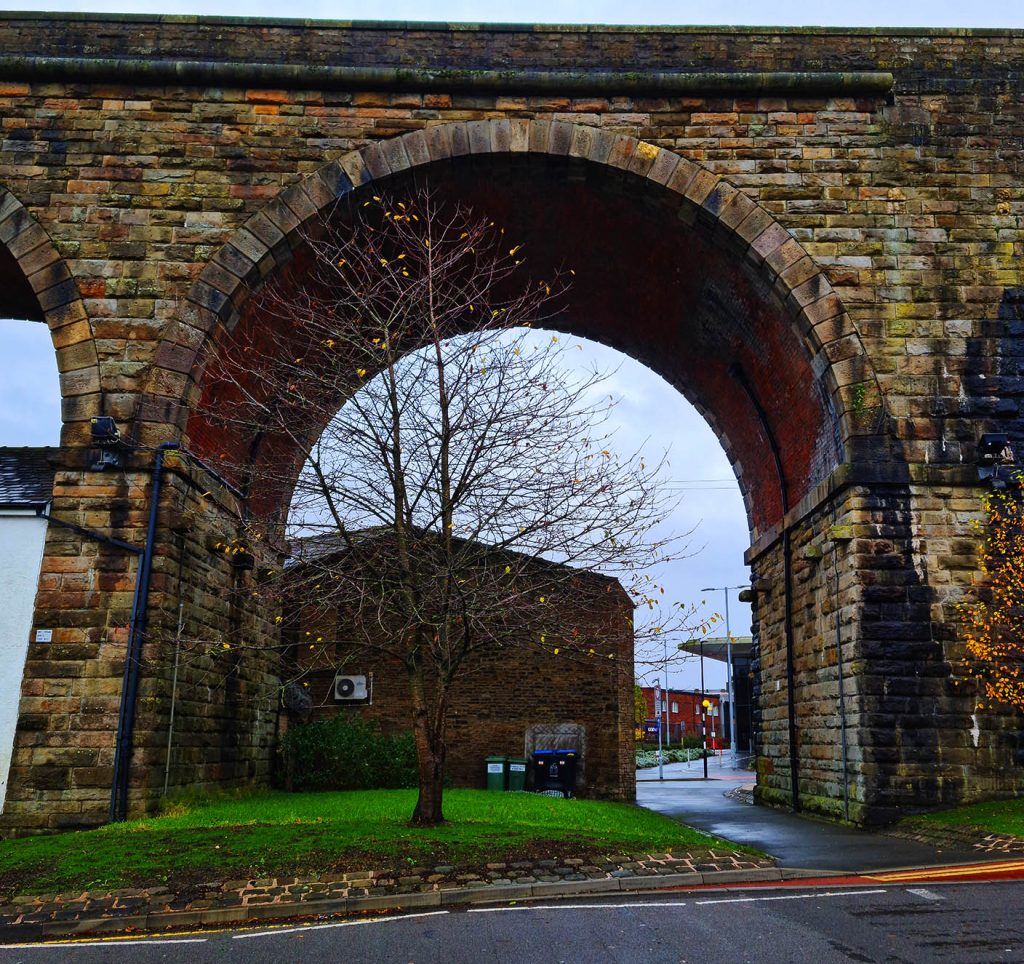
A few minutes after 11.00am, smoke was seen coming from underneath the wooden flooring as well as from a narrow staircase that led onto the upper floor where the class was taking place. Back in Victorian England, it wasn’t strange for a class to contain large numbers of children and on this day, it seemed that Miss Burscough had anywhere from 90 to 100 children under her tutorage.
Startled by the amount of smoke that was making its way into the room, Miss Burscough called for the children to follow her out of the building. She took hold of several of them, with three reported to have clung onto her hair as she made her way down the staircase and out to safety. She would go on to make her way back inside the building on four more occasions – each time bringing out with her more children.
However, each time she went back into the building, the flames were as ferocious as the last time, with most of the staircase having been engulfed with fire by her fifth attempt of trying. Several members of the public who had been alerted by screams and shouting coming from the upper floor managed to hold her back as they realised there was little hope of making it up to the children.
At some point and as the fires raged, Richard Burton – a young man who worked for the Lancashire Constabulary and who lived only a few yards from the viaduct had managed to quickly make his way up the staircase and onto the second floor where he began to smash the windows from the inside. Quick thinking on his part saved many lives that morning as he tossed the children out of the broken windows and into the hands of people stood outside. But just like Miss Burscough, the fires grew to such an extent that he himself had no option but to save himself, jumping out of the building onto the ground below. This in itself must have been an harrowing choice as he would have no option but to leave several of the children behind him.
But Burton wasn’t the only person who tried in vain to save all of the children. Thomas and Robert Wilson, Thomas Foster, Henry Alison, Michael Malone and Arthur Appleby also put their lives at risk that morning. Each either making their way into the fire engulfed building or climbing ladders to try and get the frightened children out to safety.
By the time the fire had taken hold and with Burton, Miss Burscough and several others now being prevented from gaining access into the building, another set of ladders had been procured. Burton himself placed them next to another window which he proceeded to smash. Shouting over to them, he successfully managed to bring out more of the children and it would seem feasible that he would have succeeded in saving all of their lives if it wasn’t for the ladder breaking due to the stresses being placed upon it. The ladder broke as more children descended down, sending it crashing into a window situated on the ground floor. This resulted in a backdraft, thus feeding the fire even more.
Commotion ensued with many people shouting at screaming at each other and those trying to rescue the children who were on other sets of ladders concurred that they could not save them all, no matter how hard they tried.
As the fire took hold of the remaining pieces of timber, the screams of those children still left inside would eventually fall silent. Outside, a large crowd had gathered with women and children crying hysterically whilst the men looked up at the orange and yellow flames licking around the now blackened stone walls.
It would take just over an hour for the flames to die down just enough for Burton and another man named James Crossley to enter the second floor. What they encountered would stay with them for the rest of their lives.
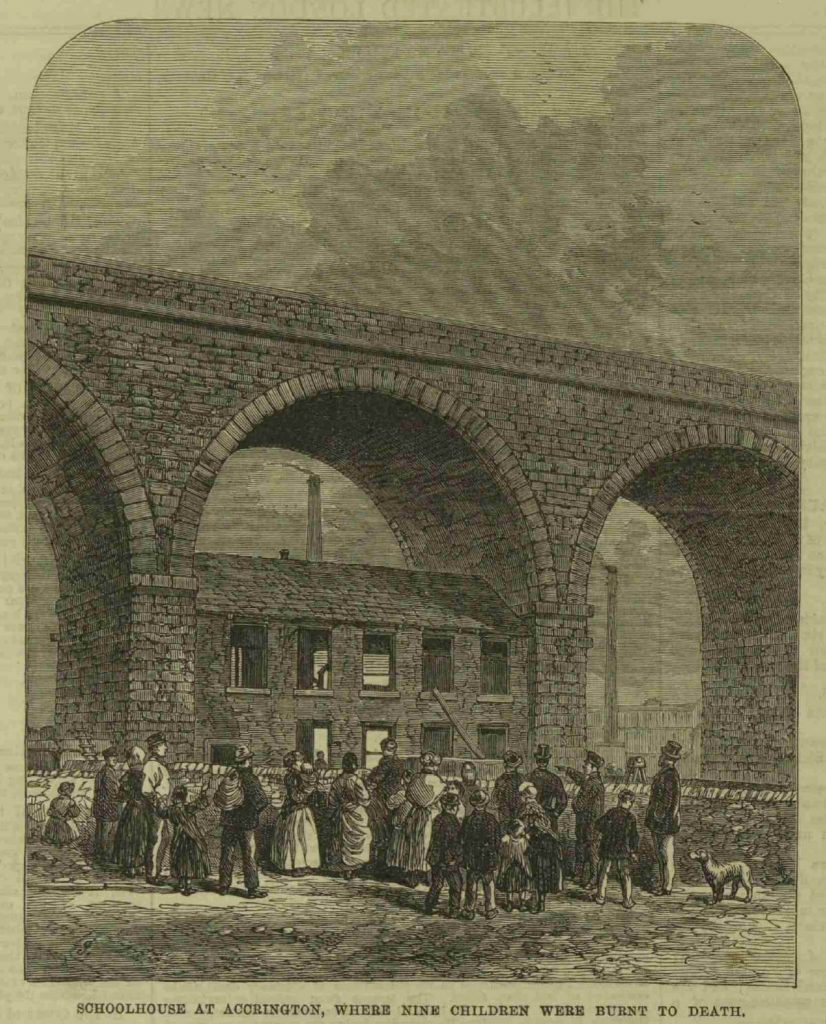
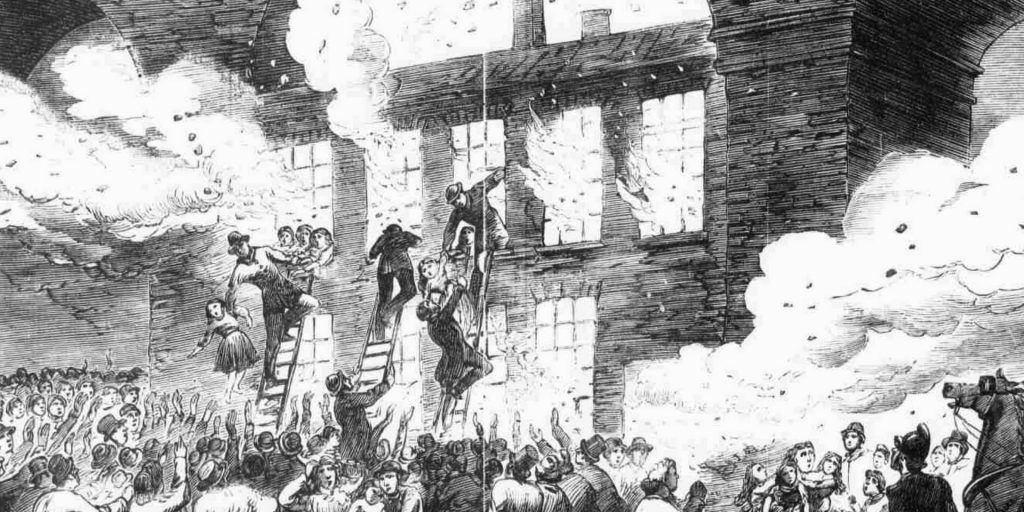
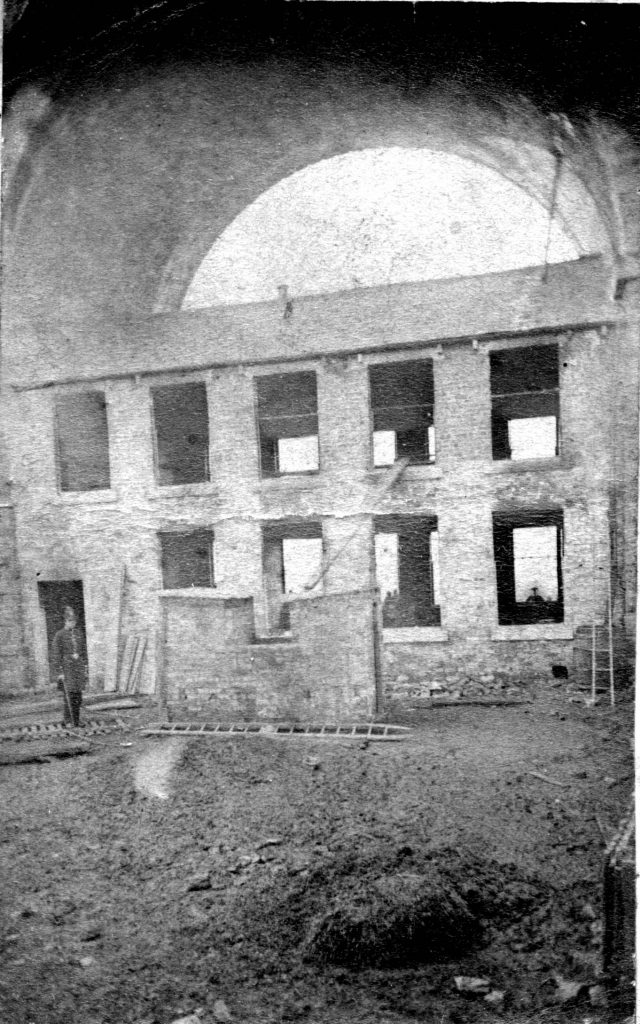
Now the following is a little graphic, so be warned.
As Burton made his way off a ladder and through one of the shattered windows, he placed one hand over his nose and mouth to prevent inhaling the smoke, whilst wafting his other hand in front of him to try and make out what was in front of him. Making his way into the room, his eyes began to sting from the heat as well as the smoke that was still prominent in the air.
The thought of having to leave several of the children behind him when he had to escape for his own safety only an hour ago would surely be weighing heavy on his shoulders, so the sight of what was to shortly appear in front of him must have caused unimaginable grief.
In the middle of the room, nine children had huddled together during the height of the fire. And again, it’s hard to even imagine the fear that these poor souls had to endure as the flames and heat creeped closer and closer to them.
One-by-one, Burton and Crossley began to bring the bodies of the nine children out of the ruined building via one of the windows on the upper floor. It was horrific. As one detailed description reported at the time, the faces of the children seemed locked in fear, their limbs contorted in all manner of directions due to the agony they suffered and some of them had the clothes completely burned off their bodies. It was also reported that the head of one child was missing and limbs off others had been separated from their bodies.
As the bodies were being brought out, they were all individually wrapped in a sheet and placed onto a cart before being brought to the Crown Inn which was situated just a few yards from where the fire took place and an inquest would be opened on Saturday the 2nd March, when all of the victims names would be released along with an overview as to the events that occurred on the day the tragedy took place.
Those that sadly died that morning where :
- Ellen Ann Varley, aged 5 – daughter of William Varley.
- Mary Hannah Fisher, aged 3 – daughter of John Fisher.
- Elizabeth Jane Wade, aged 6 years – daughter of John Wade.
- Catherine Lanty, aged 6 years – daughter of John Lanty.
- Robert Loud, aged 4 years – son of William Loud.
- Elizabeth Proctor, aged 6 years – daughter of William Proctor.
- Thomas Jackson, aged 3 half years.
- Mary Ann Bentley, aged 3 years -daughter of Nicholas Bentley.
In an unfortunate twist of fate, Mary Alice Duckworth, aged 6 years was also amongst the nine young victims. She was also the daughter of James Duckworth – the owner of the building.
The inquest wouldn’t last too long and would be adjourned until Monday the 11th March, again taking place within the Crown Inn.
James Duckworth, owner of the building where the fire took place was one of the first witnesses to take to the stand. He would talk in some detail as to when he began the erection of the building under one of the arches of the Accrington Viaduct back in 1866 and as to the nature of his business that occupied the ground floor.
He would tell the jury that on the morning of the tragedy, he was sitting on a box setting out heald-staves for knitting on when one of his employees, Betty Ann Hindle, aged 16, came to him to tell him that the workshop was on fire and that others where making their way out of the building.
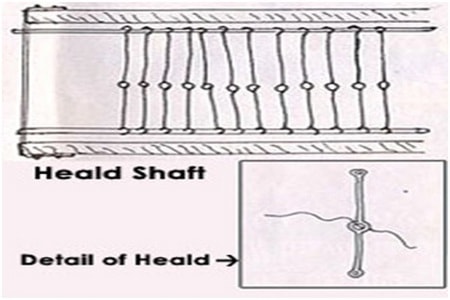
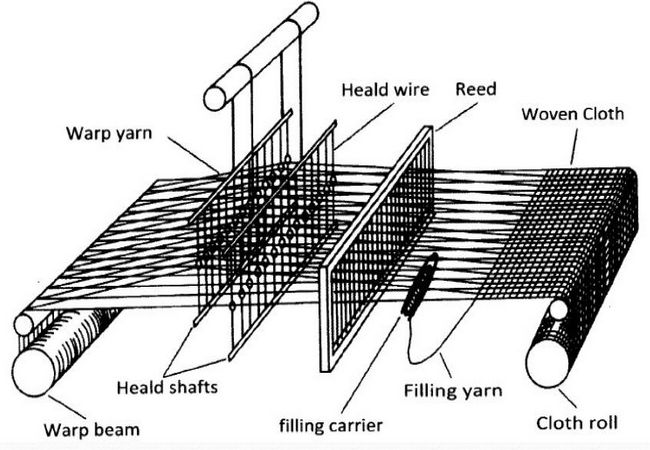
Turning around, he noticed that the drying room was on fire. This room was in one corner of the workshop and directly underneath the staircase that led up to the second floor.
Getting up, Duckworth had to grope his around the room due to how thick the smoke had become. He would soon make his way out of the building and, being a cripple, he never went back inside again.
In the drying room was a stove that had piping connected to it. This piping went around two sides of the room and into the draught of the chimney. The smoke from the stove passed through the pipes for the purpose of drying the healds.
Duckworth went on to say that the healds where all suspended on hooks around 8 or 9 feet up off the floor that stretched all along the piping. He therefore assumed that one of these healds had fallen from the hook and onto the stove and ignited.
In preparing the healds, he would have them varnished with boiled oil, litherge [1], red lead and sugar of lead and that it was the varnish that was the only inflammable substance from the composition. He would estimate that he had around 70 of these healds in the drying room at the time of the fire.
[1] Litharge is found in silverbearing lead ore. (Chem.) Lead monoxide; a yellowish red substance, obtained as an amorphous powder, or crystallized in fine scales, by heating lead moderately in a current of air or by calcining lead nitrate or carbonate. It is used in making flint glass, in glazing earthenware, in making red lead or minium, etc. Called also massicot.
Betty Ann Hindle herself would take to the stand to give evidence and some interesting information came out of her testimony in that she never recalled seeing anything ablaze on the stove when she was first alerted by the smoke. But she did say that it was either George Pilkington or Thomas Orrell who had been putting coals into the stove around half an hour prior to the fire taking hold and that the building was much warmer than she had previously known. She would also say that no varnish had been put onto the stove that morning and this was backed up by George Pilkington who would also testify that no varnish had been prepared that morning.
Pilkington would however contradict Hindle when questioned, by saying that the building was no hotter than usual but he did agree that one of the healds may have caught fire by the overheating of the pipes as they had been drying for a week or more.
Thomas Orrell would also be questioned and he admitted to putting two small shovels of coal onto the stove around half an hour before the fire took hold and it was George Pilkington who stirred the fire 15 minutes after the coals had been placed onto the stove.
Questions were asked with one in particular being how permission could be granted for a school to operate on the upper floor of a building that had apparently had an issue with a fire not long before, but the Local Board of Health stated that it was not necessary for permission to be granted by the Board for the letting off a portion of the building.
James Duckworth also denied that a fire had previously broken out within the premises but Hindle and Pilkington both admitted to the jury that if the varnish overheated, which it did on one occasion, then a fire could (and did) arise from such an issue.
On summoning up, the verdict was to the effect that the fire was caused by the accidental ignition of some of the healds in the process of drying and that the nine children had died accidentally. No varnish was present on the day of the tragedy other than that which was already on the healds.
But one feasible theory, made by one of the jurors – Mr. S. Foster – was that the children often danced or marched around the class during the day and the resulting vibrations may have been sufficient enough for one or more of the healds to come away from the hooks that they were placed onto and found themselves falling onto the hot pipes below them.
After some consultation, the jury – although of opinion that no blame be attached to Duckworth (the owner) or Pilkington (for heating the stove), they thought that the Coroner would advise both men with a caution and to be more careful in the future.
The Coroner would go onto advise Duckworth to be more vigilant with the management of his business and that, as a cripple, he employ someone competent to assist him. They would say the same to Pilkington, reminding him of the importance of being careful when handling flammable substances should he go on to work for any other similar business.
THE DEAD
All nine children would be interned at varying cemeteries and graveyards with Elizabeth Procter, Mary Alice Duckworth, Mary Ann Fish and Thomas Jackson being placed to rest within the grounds of Accrington Cemetery.
Elizabeth Jane Wade was laid to rest in the Church burial ground, St. Bartholomew, Great Harwood.
Ellen Ann Varley was interred into St, James Church, Church-Kirk.
Mary Ann Bentley was interred into Clayton Church (All Saints Church), Clayton-le-Moors.
Robert Loud and Catherine Lanty would be laid to rest at the Catholic Burial Ground in Enfield.
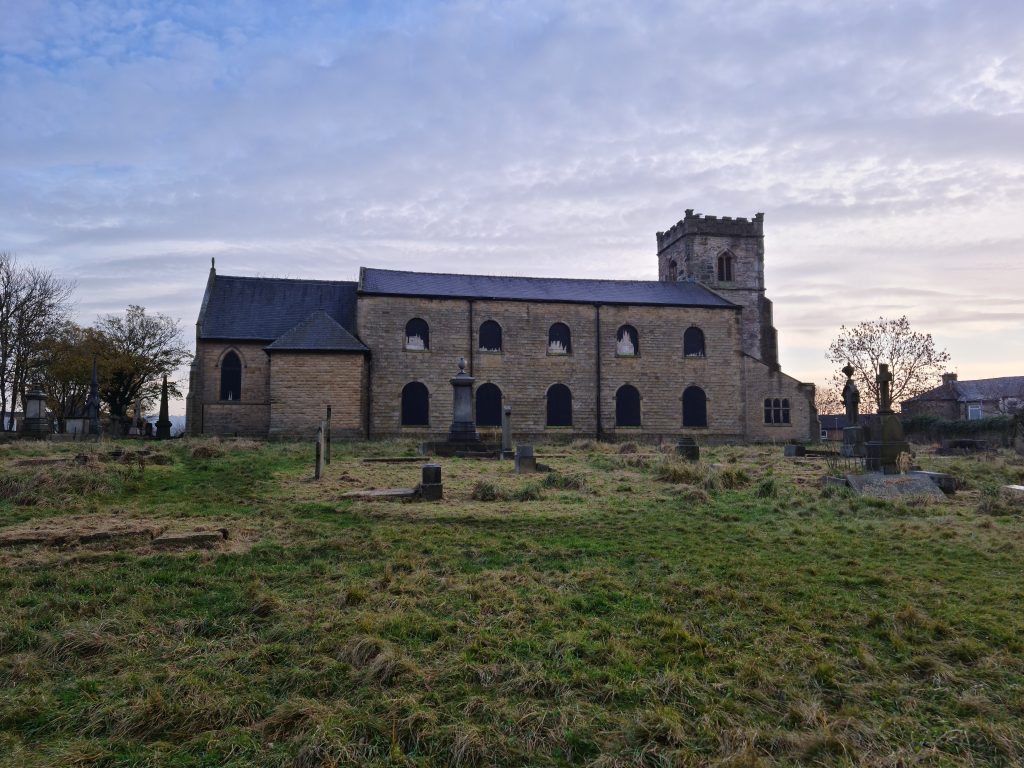
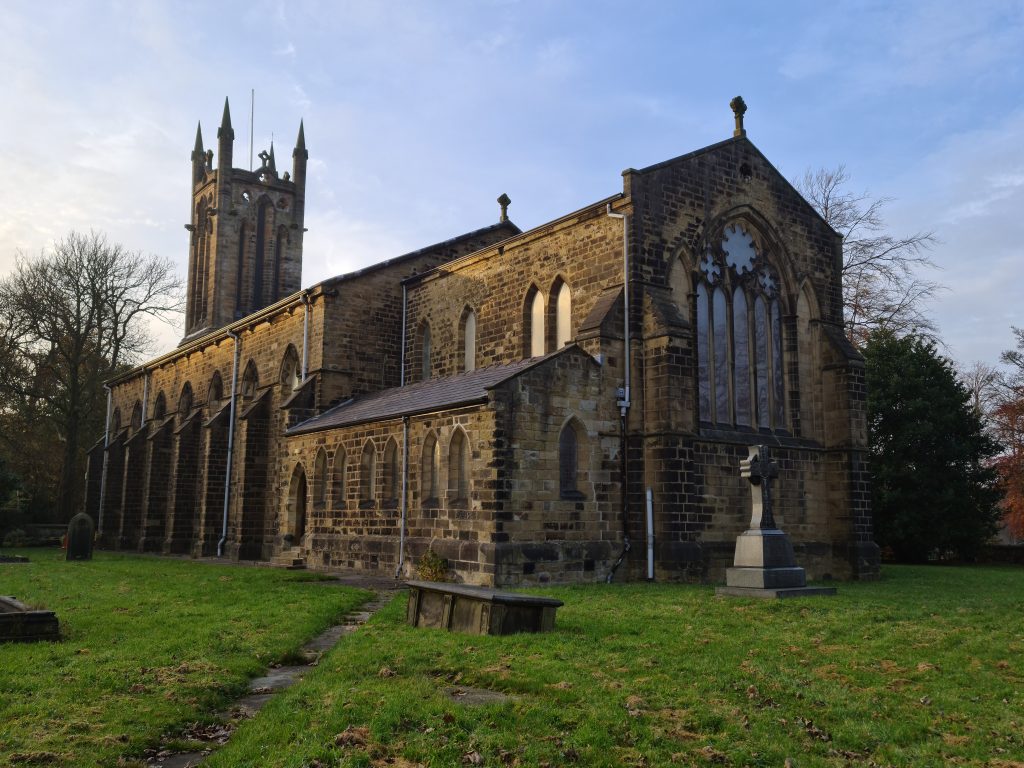
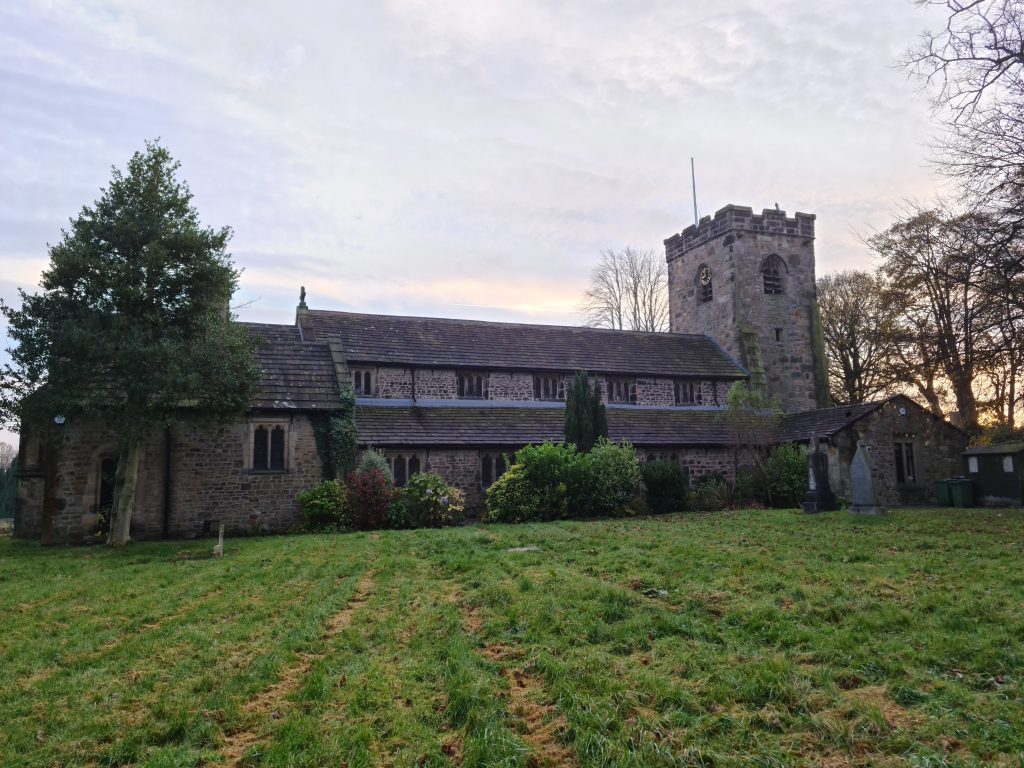
Sources used for this story ;
Illustrated Police News – Saturday 09 March 1867
Liverpool Mercury – Monday 04 March 1867
Burnley Advertiser – Saturday 02 March 1867
Bury Times – Saturday 02 March 1867
Preston Chronicle – Saturday 09 March 1867
+ many more courtesy of the British Newspaper Archive – www.britishnewspaperarchive.co.uk
Follow us on social media ;
Twitter – twitter.com/dohpods
Instagram – www.instagram.com/dohpods

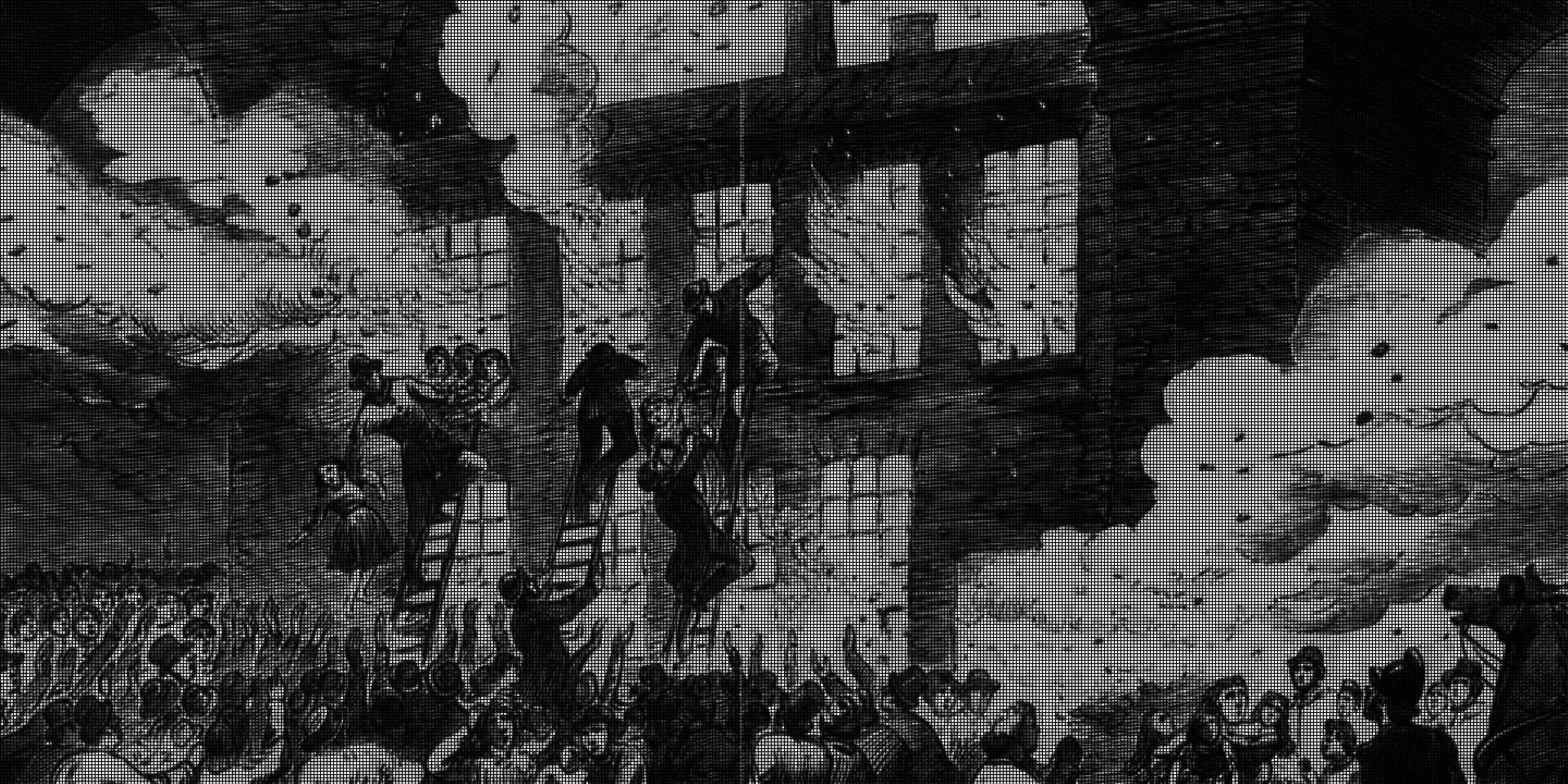
Leave a Reply